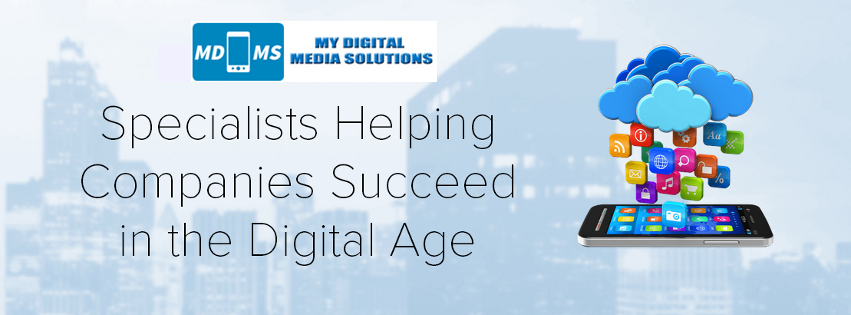We are now living in the living in the age of the customer.
What this means is that businesses that have traditionally had an offline
presence are focused on developing an online presence and businesses that have
purely had an online presence are focused on developing an offline presence.
Customer
experience is an integral element of marketing and executives are asking
themselves how mobile is impacting customer experiences. In order
to win in the age of the customer you have to know who your customers are.
Customers are in the position where they can decide if they wish to opt in or not. This applies to both rational and impulsive consumers. Businesses that wish to maximize the degree to which they can successfully engage with their customers will have to ensure the following in each and every interaction:
Building
Trust
Serving
the customer needs
Generating
focused insights
Becoming
more relevant
An effective engagement strategy will be built on deep analytical insights which inform the technology decisions, business strategy decisions and customer engagement decisions. Executives will have to answer the follow questions in order to assess the effectiveness of customer engagement.
Are we
leveraging customer generated data to enable customers to easily discover our
products and services?
Are we
using customer purchasing data to improve conversion rates online and offline?
Are we
collecting data from products to layer on services to give the customer more
control?
Traditional
marketing and customer feedback is only part of the story, are we tapping into
customer mobile data to understand what they really
think?
Are we
engaging customers in the right moment/context to drive the next purchase or
brand engagement?
Online and offline engagement will have to be integrated into the existing business processes, technology platforms and product offerings. Mobile will drive the largest re-engineering of companies since the introduction of the web.
Mobile will have a fundamental impact on all businesses. Businesses will have to serve customers in their moment along their journey which basically means that they are going to directly influence the value chain. There are essentially 3 types of mobile moments. Loyalty Moments, Manufactured Moments and Borrowed moments.
Loyalty Moments – These are the ones that a company owns and their ability to deliver on this will impact customer experience. An example of this is the mobile moments that companies like Starbucks and McDonalds have focused on from the moment that a customer enters a store to the point where they leave.
Manufactured Moments- These are
created by a company through sponsored content associated with downloads that
run into the tens of millions. Companies promote a product and offer rewards
for loyalty and purchases.
Borrowed Moments – These are moments that occur when a company leverages the online presence of another business. This has occurred extensively in Asia where retailers and financial services businesses are linking their mobile content with mobile applications such as We Chat, Line, Whats App and online gaming applications.
Reorganizing any business is
never an easy task and companies will have to decide if they are going to
change all elements of their operations or focus on trialing in a specific area
and then applying it to the rest of the business.
Success will
largely depend on a company’s ability to achieve optimal business and people
connectivity moments which includes;
Identification
of mobile moments and their context
Analyzing
results (data) and monitoring performance to optimize outcomes.
